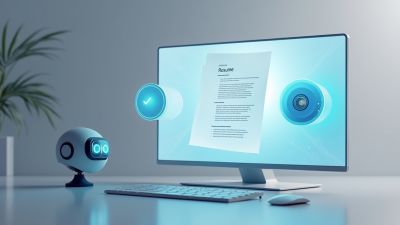Discover a 7-day action plan to land a high-quality remote job — including AI resume tips, job board hacks, and interview prep even for beginners.

Land a Remote Job
Day 1: Choose Your Remote Job Path
Before applying, decide your focus: customer support, marketing, design, writing, or virtual assistance. Visit platforms like Remote OK, We Work Remotely, and Jobspresso to browse trending roles.
Even if you don’t have a tech background, jobs like data entry, social media moderation, or remote sales are great entry points.
Day 2: Build a Resume with ChatGPT
Use ChatGPT to generate a resume based on your past experience. Just enter your previous job title and responsibilities, and ask:
“Write a remote-friendly resume for a [role] with strong communication and adaptability.”
Tools like Enhancv or Zety can help you polish the layout.
Day 3: Create a One-Click Portfolio
If you're applying for writing, design, or development jobs, build a free portfolio on Notion, GitHub, or Carrd.
Even a simple “About Me + 3 Samples” page helps employers trust you more.
Day 4: Set Up Job Alerts & Track Applications
Use Google Alerts or set up filters on job boards for terms like “remote + entry level.”
Log every application in Google Sheets with columns for:
- Job Title
- Company
- Link
- Status
This keeps you focused and organized during the week.
Day 5: Master the 3-Minute Cover Letter
Ask ChatGPT to write a short, personalized cover letter using a prompt like:
“Write a short cover letter for a remote [role] focused on communication, self-motivation, and reliability.”
Tweak the tone and add one real-life example for authenticity.
Day 6: Prepare for Remote Interviews
Record answers to common interview questions like:
- “How do you manage your time remotely?”
- “What tools have you used for virtual communication?”
Practice on tools like Interview Warmup to gain confidence.
Day 7: Apply to 5-10 Jobs with Precision
Now that everything’s ready — resume, cover letter, portfolio — apply to 5–10 jobs that match your skills. Quality over quantity matters.
Customize each message and follow up via LinkedIn or email if contact details are available.
Final Tip: Don’t Stop at 7 Days
Even if you don’t get a reply in a week, repeat the process. Most remote workers landed their job within 2 to 4 weeks with consistency.



